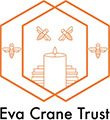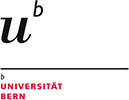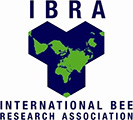|
In this study, honey bees collected in Serbia over 9 consecutive years (2007-2015) were retrospectively surveyed to determine the prevalence of eukaryotic gut parasites by molecular screening of archival DNA samples. We developed species-specific primers for PCR to detect the two known honey bee trypanosomatid species, Crithidia mellificae and the recently described Lotmaria passim. These primers were validated for target specificity under single and mixed-species conditions as well as against the bumblebee trypanosomatid Crithidia bombi. Infections by Nosema apis and Nosema ceranae (Microsporidia) were also determined using PCR. Samples from 162 colonies (18 from each year) originating from 57 different localities were surveyed. Lotmaria passim was detected in every year with an overall frequency of 62.3% and annual frequencies ranging from 38.9% to 83.3%. This provides the earliest confirmed record to date for L. passim and the first report of this species in Serbia. Nosema ceranae was ubiquitous, occurring in every year and at 95.7% overall frequency, ranging annually from 83.3% to 100%. The majority of colonies (60.5%) were co-infected with L. passim and N. ceranae, but colony infections by each species were statistically independent of one another over the nine years. Although C. mellificae and N. apis have both been reported recently at low frequency in Europe, neither of these species was detected in Serbia. These results support the hypothesis that L. passim has predominated over C. mellificaein A. mellifera during the past decade. |
|
Jevrosima Stevanovic, Ryan S. Schwarz, Branislav Vejnovic, Jay D. Evans, Rebecca E. Irwin, Uros Glavinic, Zoran Stanimirovic, Species-specific diagnostics of Apis mellifera trypanosomatids: a nine-year survey (2007-2015) for trypanosomatids and microsporidians in Serbian honey bees, Journal of Invertebrate Pathology. http://dx.doi.org/10.1016/j.jip.2016.07.001. |
| http://www.sciencedirect.com/science/article/pii/S0022201116300775 |









